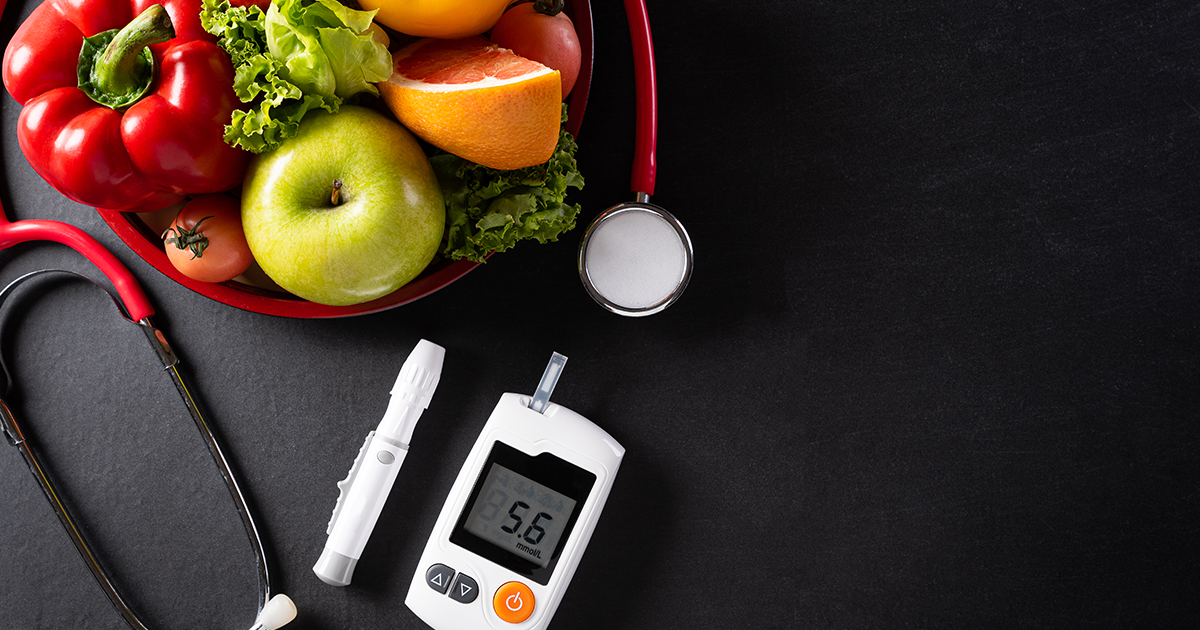
Diabetes is more common than ever — and the tricky part? Many people don’t realize they have it. It can develop slowly, without dramatic symptoms, earning it the nickname “the silent disease.” But the earlier you spot the early signs of diabetes, the better your chances of avoiding serious complications down the road.
What Is Diabetes, Really?
At its core, diabetes is a condition that affects how your body handles sugar, or glucose. After you eat, your body turns food into glucose, which fuels your cells. Insulin — a hormone made in the pancreas — helps move that sugar from your blood into your cells where it’s used for energy.
When someone has diabetes, this process doesn’t work the way it should. Either the body doesn’t make enough insulin, or it doesn’t respond to insulin properly. That means too much sugar stays in the blood, which over time can damage organs, nerves, and blood vessels.
There are three main types of diabetes:
- Type 1 Diabetes – Usually diagnosed in younger people. The body stops producing insulin altogether.
- Type 2 Diabetes – The most common type, often tied to lifestyle and typically developing in adults.
- Gestational Diabetes – A temporary form of diabetes that can show up during pregnancy.
Are You at Risk?
Some people are more likely to develop type 2 diabetes than others. Your risk may be higher if you:
- Are overweight
- Are 45 or older
- Have a parent or sibling with diabetes
- Get little or no physical activity
- Had gestational diabetes or PCOS
- Are African American, Hispanic/Latino, Native American, or Asian American
Even if you feel fine, it’s worth checking in with your doctor if any of these apply to you.
Early Signs of Diabetes
Symptoms can start off small — and easy to miss. But knowing what to look for makes a difference. Here are some early warning signs:
- Needing to urinate more often, especially at night
- Constant thirst
- Feeling tired all the time
- Blurred vision
- Cuts or sores that heal slowly
- Tingling or numbness in your hands or feet
- Losing weight without trying
If these sound familiar, it’s time to get your blood sugar checked. Don’t wait for symptoms to get worse.
How to Lower Your Risk
The good news? Type 2 diabetes can often be delayed — or even prevented — with a few smart lifestyle changes:
- Move more – Aim for 30 minutes of activity most days. Walking counts!
- Watch your weight – Losing just 5–10% of your body weight can help.
- Eat better – Choose more veggies, lean protein, and whole grains. Cut back on sugary drinks and processed snacks.
- Quit smoking – It’s linked to a higher risk of diabetes (and many other health issues).
- Stay on top of health checkups – Especially if you’re over 45 or have other risk factors.
Diabetes doesn’t always make a dramatic entrance. But small symptoms today can turn into serious health issues tomorrow if left unchecked. The sooner you notice the signs and take action, the more control you have. A few simple changes now could protect your health for years to come.